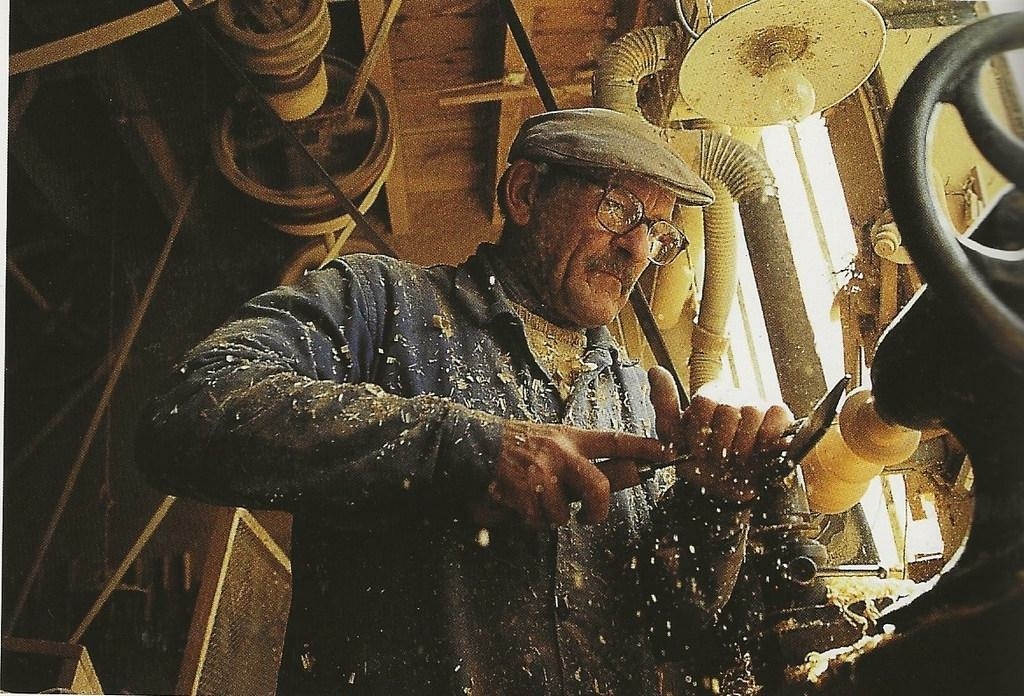
Do you have any possessions handcrafted by an artisan? Do you know an artisan personally?
I believe these objects and these people are treasures and should be admired as such.
Looking around, I see a blanket we bought in Mexico many years ago that was probably woven on a traditional loom. My grandmother on my mother’s side gave me a quilt and an afghan she made herself. We have a secretary desk made by a great-grandfather in the early part of last century. Our son has taken on the role of artisan in the last year, manufacturing belts using basic equipment and tools, one at a time.
I’ve admired artisans since I was a boy. I think Paul Revere was my first artisan hero. He was a silversmith before he became known for helping warn colonists of encroaching Red Coats. I was deeply drawn to the creative production of silver utensils and such.
I have been inclined for many years to write about characters in my fiction work who are artisans. I’m reflecting on that only now. I remember writing about a leatherworker who had some special abilities in a fantasy short story. I had a leading character in a novel who gave up her life as a business administrator to become a weaver. In that same book, a supporting character was a woodworker.
Artisan Defined
My dictionary tells me an artisan is a person skilled in some industry or trade; craftsman. Wikipedia makes it a bit more specific, saying “a skilled craft worker who makes or creates material objects partly or entirely by hand.” My perception of this person is more akin to the Wikipedia view, which I think is the more common view of it currently. In Tucson, we have a collection of shops in an old adobe structure called Old Town Artisans. There you can find such artisans as local jewelers, contemporary artists, pasta and bread makers, potters and more.

Life of an Artisan
I romanticize the artisan life, no doubt, but I see it as an ideal life on Earth. I know it must come with financial challenges. If you’re making goods that are considered works of art, you’re asking people to spend their disposable income for your products. If you’re manufacturing practical items everyone can use, chances are your prices are higher than those in big chain stores.
If you’re able to find your niche and can generate a sustainable, comfortable income, then your chances of being able to concentrate on doing what you love and scratching that itch to create from the heart are reasonably good.
In researching for this post, I found multiple articles on the life of an artisan. I offer a few quotes from these, starting with one from the website HISTORY ON THE NET. It has to do with the daily life of a Mayan artisan. “Maya craftsmen had a slightly easier life than the hard, physical labor of the farmers. Artisans were still commoners, but rather than heading off to the milpas, they would work creating beautiful items such as jewelry, textiles, pottery and feather cloaks and headdresses. The artistry of the Maya Classical Era is unquestioned; while many of the woven textiles and feathered goods disintegrated over time in the humid climate, the stone carvings and jadeite jewelry remain.”
It must be said that the modern artisan isn’t living some dreamy existence, detached from the reality of obligations and mundane tasks. Much work goes into preparation for issuing the final product. In this excerpt from the website Owl Guru the “typical day for Cabinetmakers and Bench Carpenters,” the following activities are listed.
“Verify dimensions or check the quality or fit of pieces to ensure adherence to specifications.
Produce or assemble components of articles, such as store fixtures, office equipment, cabinets, or high-grade furniture.
Measure and mark dimensions of parts on paper or lumber stock prior to cutting, following blueprints, to ensure a tight fit and quality product.
Set up or operate machines, including power saws, jointers, mortisers, tenoners, molders, or shapers, to cut, mold, or shape woodstock or wood substitutes.
Establish the specifications of articles to be constructed or repaired or plan the methods or operations for shaping or assembling parts, based on blueprints, drawings, diagrams, or oral or written instructions.”
Still, these all go into the creativity of what hopefully will be uniquely beautiful woodworking projects. Satisfaction for a job well done is not likely to get old.
Fulfillment
I haven’t personally done much of anything in the way of craftsman work, but the little I have attempted has brought me a sense of accomplishment, of pride and fulfillment. For me, this feeling usually comes from completing a piece of writing or a song. That’s where my abilities are better applied. But I occasionally cast a longing gaze across the village common in admiration of the wares on display by the artisans who enrich our everyday lives with their practical yet artistic feats.
